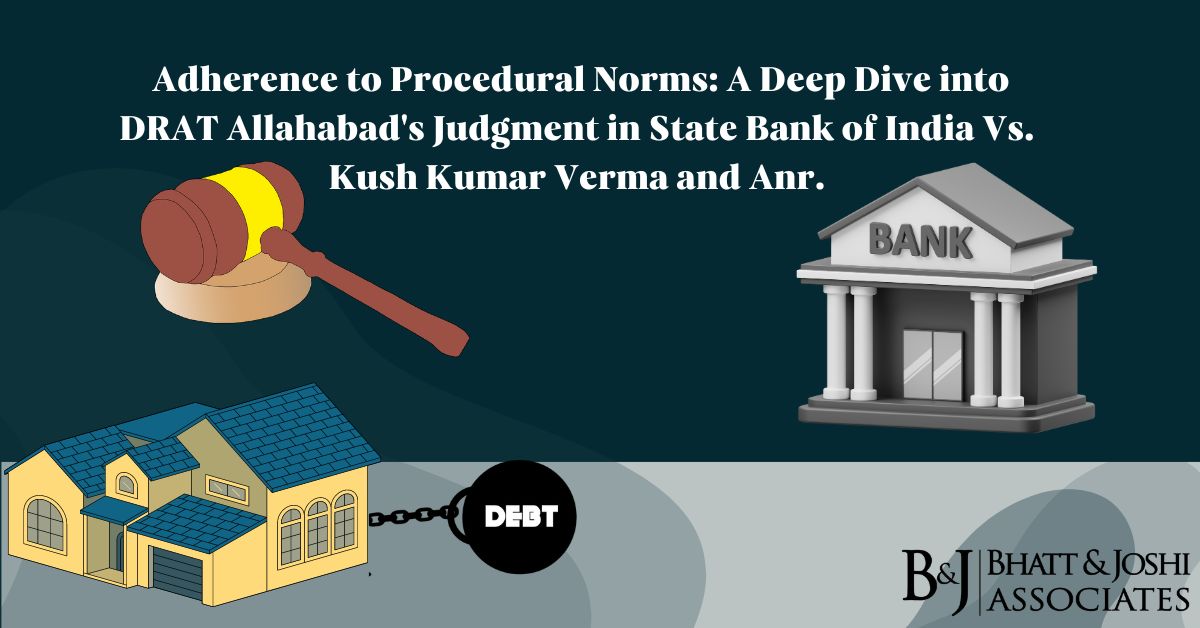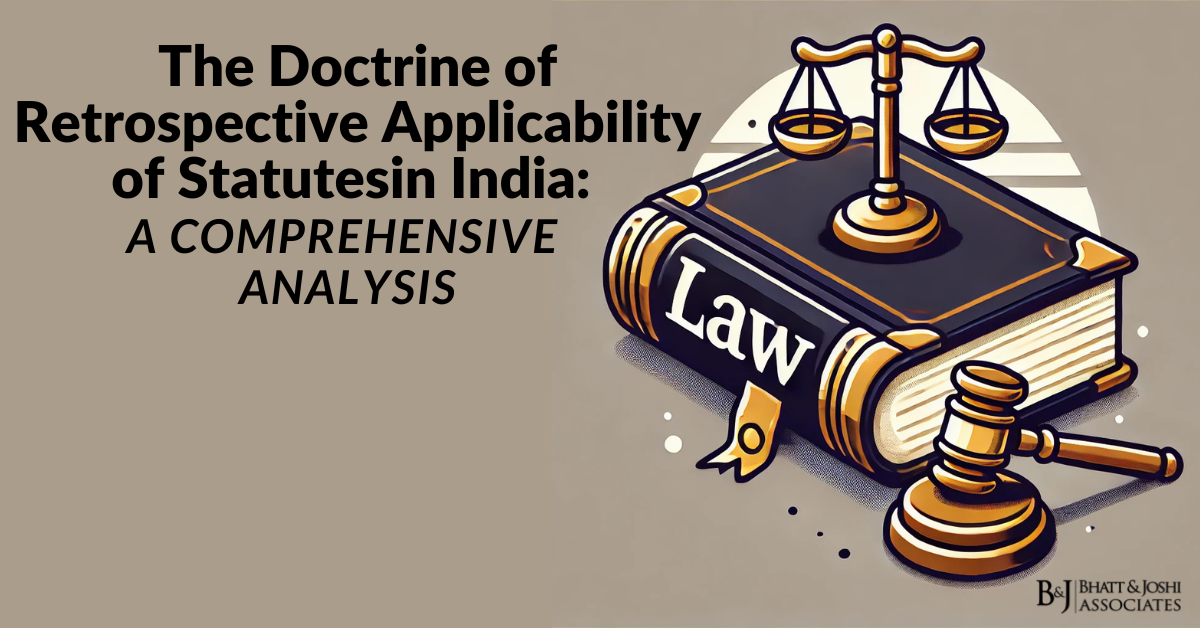
Introduction
In a landmark judgment by the Debts Recovery Appellate Tribunal (DRAT) in Allahabad, presided over by Justice R.D. Khare, the case of State Bank of India vs. Kush Kumar Verma and Anr. highlighted critical aspects of compliance under the Securitization and Reconstruction of Financial Assets and Enforcement of Security Interest (SARFAESI) Act, 2002, and its accompanying Rules. This article seeks to elucidate the judgment, dissecting the procedural obligations of banks and financial institutions under the SARFAESI Act, and its enforcement mechanisms, as outlined in DRAT Allahabad’s Judgment.
Key Aspects of the Judgment of DRAT Allahabad’s
The tribunal’s judgment underscored two principal areas of procedural lapses:
I. Mandatory Service of Notice: The Core of Due Diligence
A. Statutory Mandate Under SARFAESI Act
Justice R.D. Khare stressed that the SARFAESI Act mandates the service of individual notice to the borrower, providing a clear 30 days’ timeframe for effecting any sale of immovable property. This procedural step is non-negotiable and ensures that all parties involved, including guarantors, are adequately informed and able to respond.
1. Focus on Rule 8(6):
Under Rule 8(6) of the Security Interest (Enforcement) Rules, 2002, it’s unequivocally required that notices for the sale of secured assets be served to all concerned parties, including borrowers, mortgagers, and guarantors. The DRAT noted, “In the present case, no notice has been given to the guarantor, whereas the service of notice under Rule 8(6) of the Rules 2002 is mandatory.”
II. Interpretation of ‘Immediate’ in Auction Proceedings
A. Violation of Rule 9(3) and Judicial Interpretation
The tribunal corrected the bank’s misinterpretation of the term ‘immediate’, as used in Rule 9(3) of the Rules, 2002. The judgment clarified that ‘immediate’ signifies the deposit of auction amounts on the same day of the auction or the next day, not later.
1. Understanding Rule 9(3):
Rule 9(3) governs the procedural requirements post-auction, specifying the timeline for the deposit of auction amounts. The DRAT’s judgment aligns with the High Courts and Supreme Court’s interpretation, emphasizing strict adherence to these timelines to maintain the integrity of auction processes.
Implications and Enforcement Standards of DRAT Allahabad’s Judgment
The judgment by DRAT Allahabad in State Bank of India vs. Kush Kumar Verma and Anr. sets a precedent for banks and financial institutions in enforcing security interests under the SARFAESI Act. It highlights the importance of following statutory procedures to the letter, ensuring fairness and transparency in the recovery of secured debts.
The Legal Texts: SARFAESI Act Compliance in DRAT Allahabad’s Verdict
To further understand the legal framework discussed in the judgment, a Bing search on sections and rules cited reveals:
– Section 18 of the SARFAESI Act allows for appeals against orders passed under the act.
– Rule 8(6) of the Security Interest (Enforcement) Rules, 2002 details the requirement for serving notice to the borrower 30 days before the sale of the immovable secured asset.
– Rule 9(3) specifies the requirements for the deposit of the auction amount immediately following the auction.
Conclusion: A Call for Rigorous Compliance
The judgment in State Bank of India vs. Kush Kumar Verma and Anr. is a stark reminder of the meticulous compliance required under the SARFAESI Act and its rules. It underscores the tribunal’s stance on ensuring that due process is not just a procedural formality but a fundamental right of the parties involved. As financial institutions navigate the recovery of non-performing assets, this judgment serves as a guiding light, emphasizing the importance of procedural fairness and the legal mandate of notice service.













